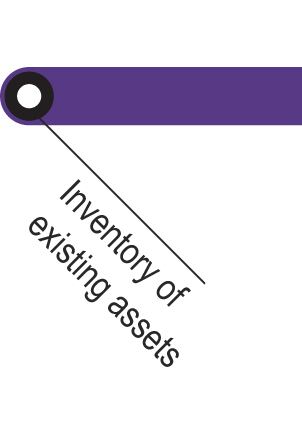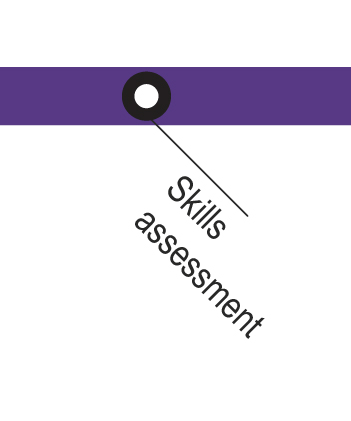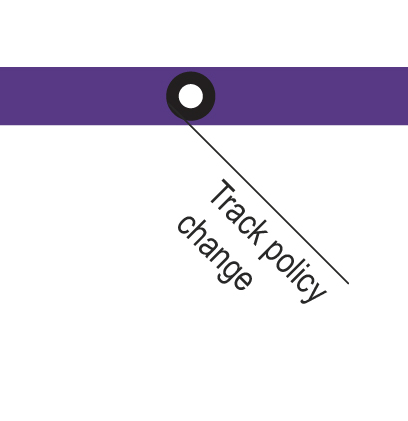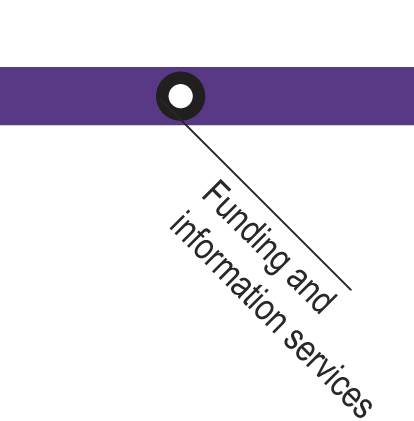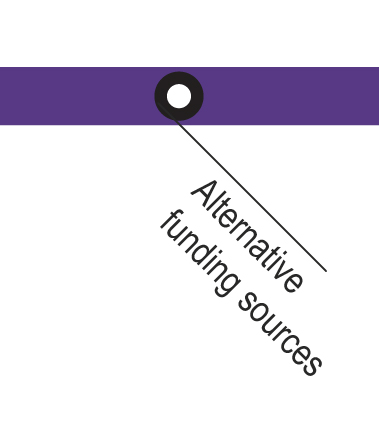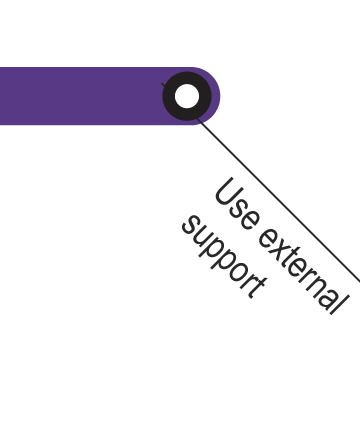KEEPING TRACK WITH CHANGES IN THE POLICY ENVIRONMENT will help you to understand changes in the wider policy environment to capture any associated developments in funding priorities.
It focuses on keeping track and analysing the overall policy context of the Action Plan:
- understanding the great lines of policy
- political circumstances
- evolving social-economic need,
- potential institutional change at the local, national and EU levels
- and assessing the impact of any change on the Action Plan and its projects.
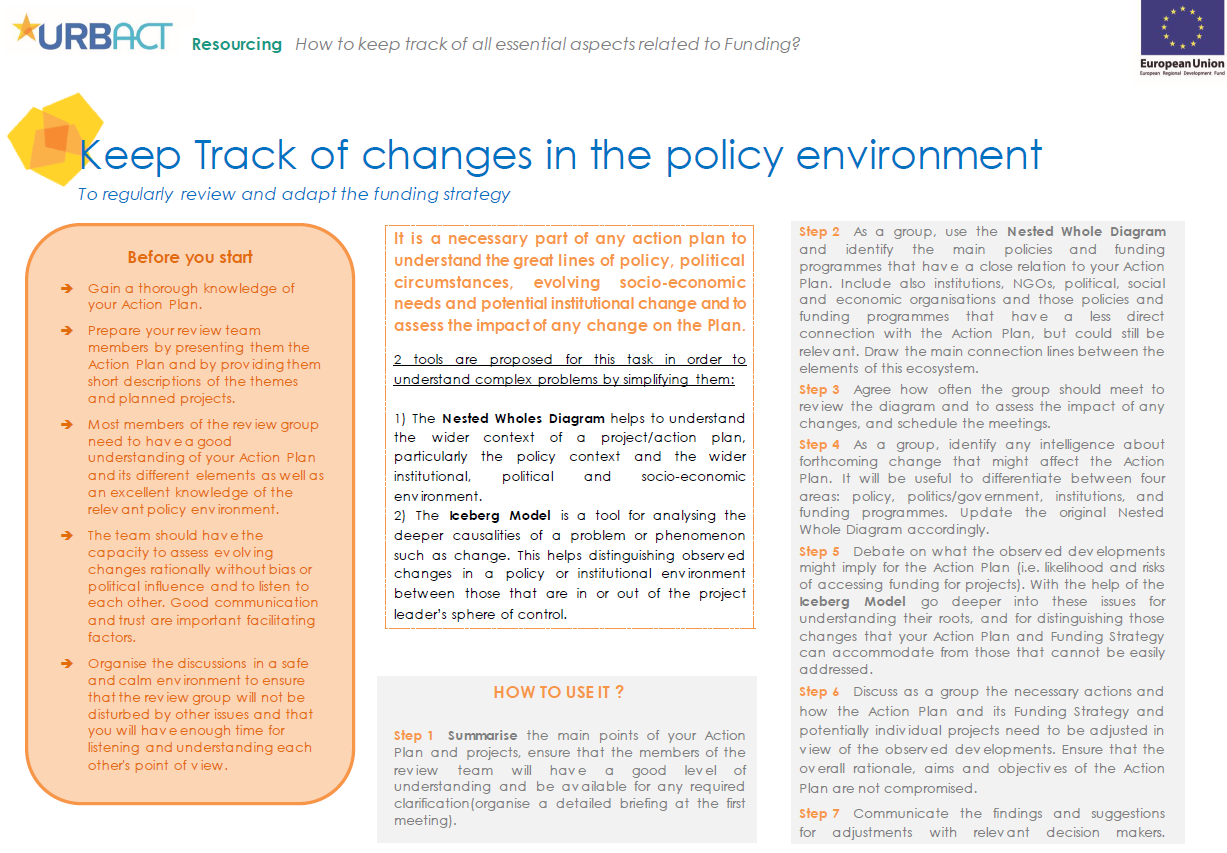
Two tools are proposed to you in this step:
- The Nested Wholes Diagram helps to understand the wider context of a project/action plan, particularly the policy context and the wider institutional, political and socio-economic environment.
- The Iceberg Model is a tool for analysing the deeper causalities of a problem or phenomenon such as change. This helps distinguishing observed changes in a policy or institutional environment between those that are in or out of the project leader’s sphere of control.
| Who is this tool for ? | When should the tool be used? |
The Coordinator of the Action Plan & relevant team members Stakeholders | The strategic fit should be addresses as early as possible during the design of the Action Plan and reviewed until the funding is fully achieved. The review should be done regularly (once every quarter, or on a monthly basis) in order to identify needed adaptation as early as possible. |
Click on the stations to navigate throught the Inventory line!
Key challenges of the step
- At least some members of the group need to have a good level of understanding of the Action Plan in order to be able to identify strategic fit and to differentiate policy and institutional changes that have an immediate impact requiring adjustment of the Action Plan from those that are less urgent to address.
- The analysis of the group regarding the observed changes needs to be sufficiently deep to establish the full range of impacts across the Action Plan and its Funding Strategy.
- In case of substantial policy or institutional changes, maintaining the original aims and objectives of an Action Plan can be challenging by requiring a substantial re-think of the Funding Strategy.
Main risk
- The participants are insufficiently aware of the Action Plan which can result in a wrong analysis.
- The participants are insufficiently aware of the policy and institutional realities and are therefore insufficiently informed about any changes affecting the funding environment.
- The analysis is done too quickly resulting in superficial and/or false results.
- The analysis is biased or reflects disproportionately the individuals' political convictions or professional goals.
- There is a potential risk of over-reacting to any identified changes.
Helpful tips
- Identify the most suitable people for the first and the following review meetings, i.e. those with substantial knowledge of current developments at policy, political, and institutional level.
- Be aware of the roots of the observed changes to assess the full impact of them across the Action Plan to evaluate the necessity for adjustment.
- Be mindful of not changing the aims and objectives of your Action Plan radically just because a funding priority has ceased to exist. Instead look at other, alternative ways of funding to address the existing needs in your city.
-
Nested Wholes Diagram (editable+example)(PDF, 168Ko)


